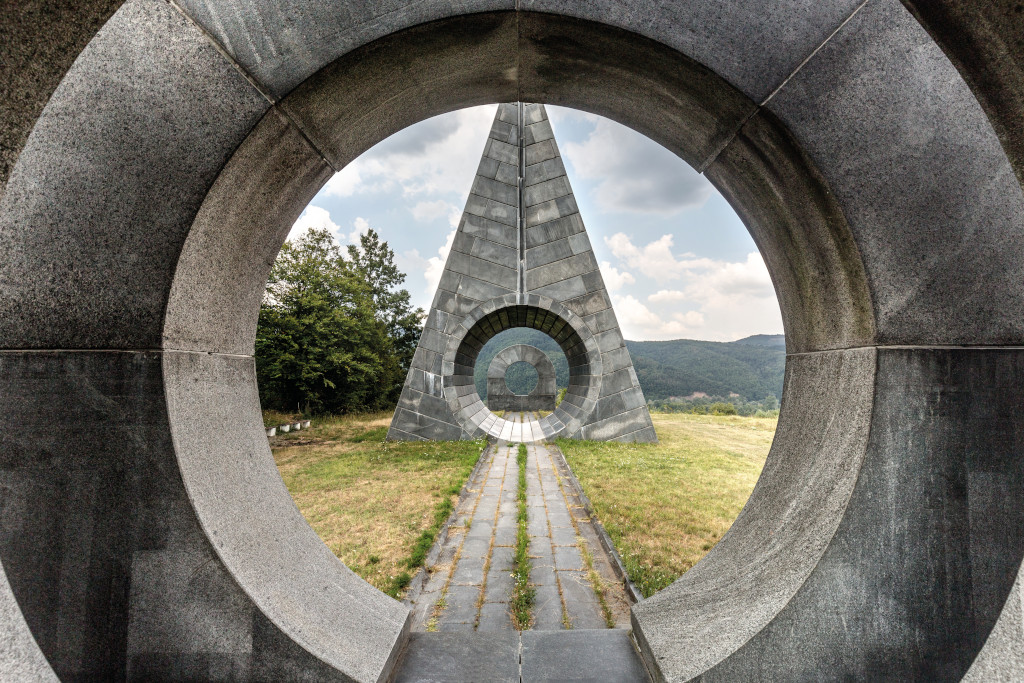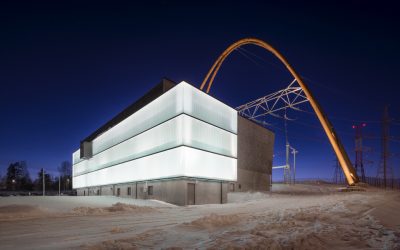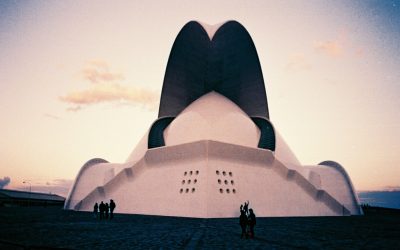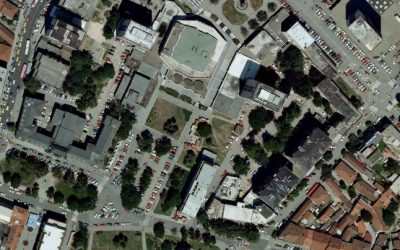PANEL
Friday, June 9, 2023, 18.00
→ Knez Mihailova, in front of the Culture centre of Belgrade
Participants: Boštjan Bugarčić, Maja Ivanič, Jelica Jovanović, Špela Kuhar, D.A.Calf
In architecture and art of ex-Yugoslavia, the monuments to the victims of the People’s Liberation War stand out. Through their extraordinary artistic language, they remind us of the dignity of human life and death. They are powerful markers of the once-common state’s public open space. Their unique architectural and artistic design has placed them on a field of timelessness which is not constrained by geographic and cultural borders, age, race, or political views. They were built and designed by Yugoslav architects and sculptors of the highest profiles, such as Bogdan Bogdanović, Edvard Ravnikar, Vojin Bakić, Dušan Džamonja and many others. Instead of the regime’s symbolism, their creations combined the present, the past, mysticism, elements of antique necropolises, ethnography and spatial poetics.
Monuments are also political art. But in regard to the works presented, this neither diminishes nor increases their artistic value. They reflect something else: they are an uncompromising tribute to humanity, to reverence towards the victims, conveyed by means of the authors’ unique individual artistic expression. With the dissolution of Yugoslavia into individual independent states in 1991, it seems that the need for respecting and preserving the remembrance expressed by its memorials is waning. As a result, the present state of repair of the monuments and their treatment varies depending on the region. In some places, the past strivings and sacrifices of the previous generations are held in respectful memory while elsewhere, the monuments have been abandoned, left to decay, or even desecrated.








